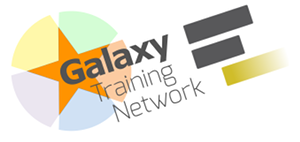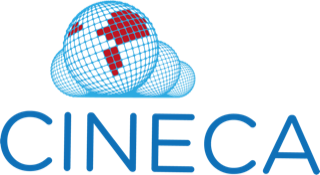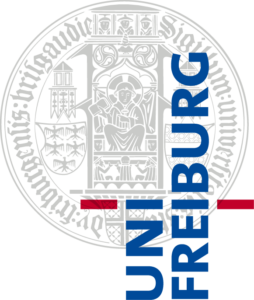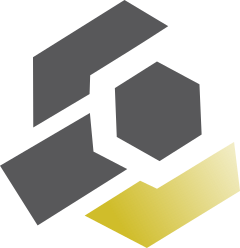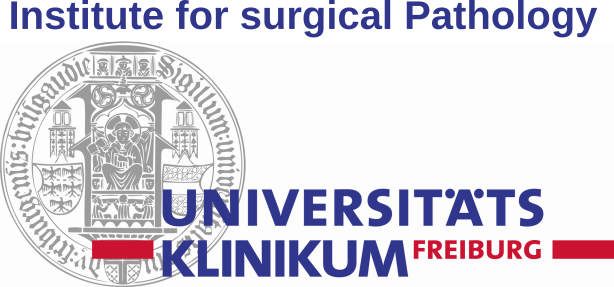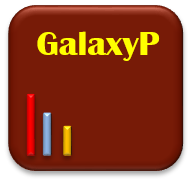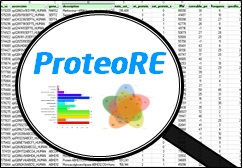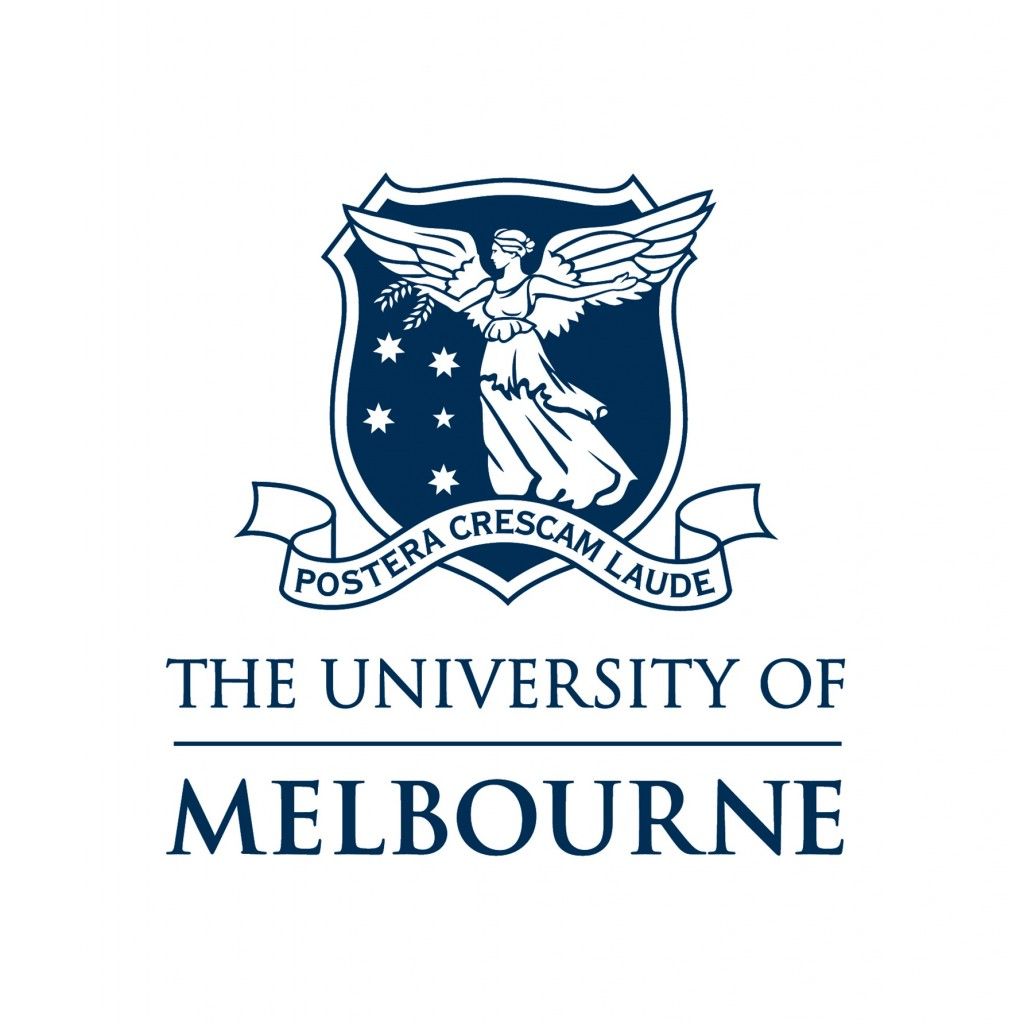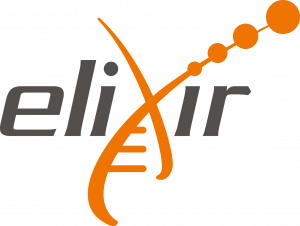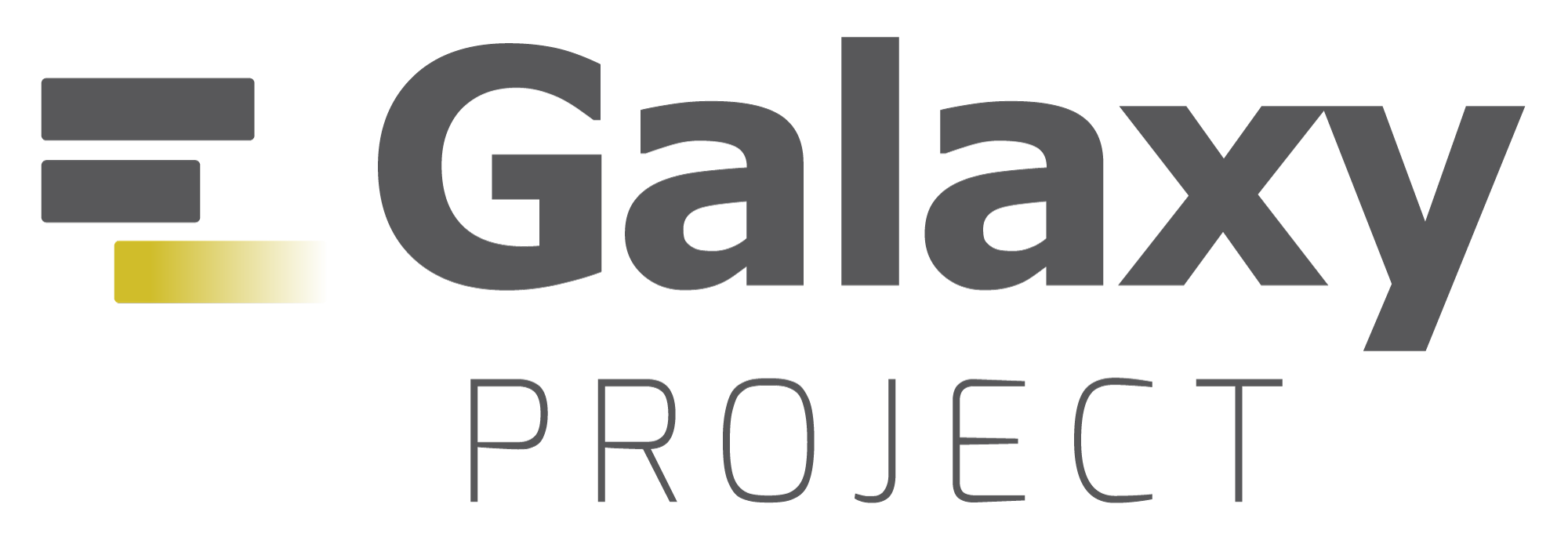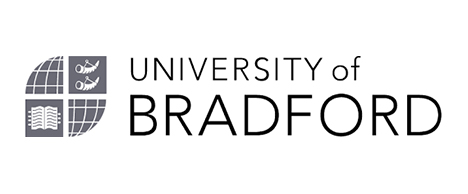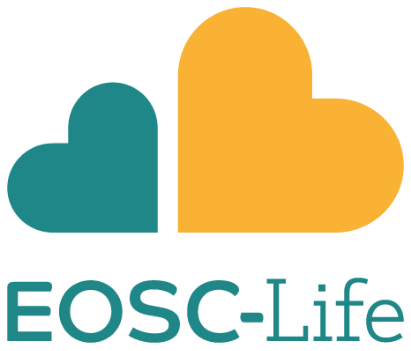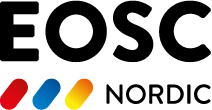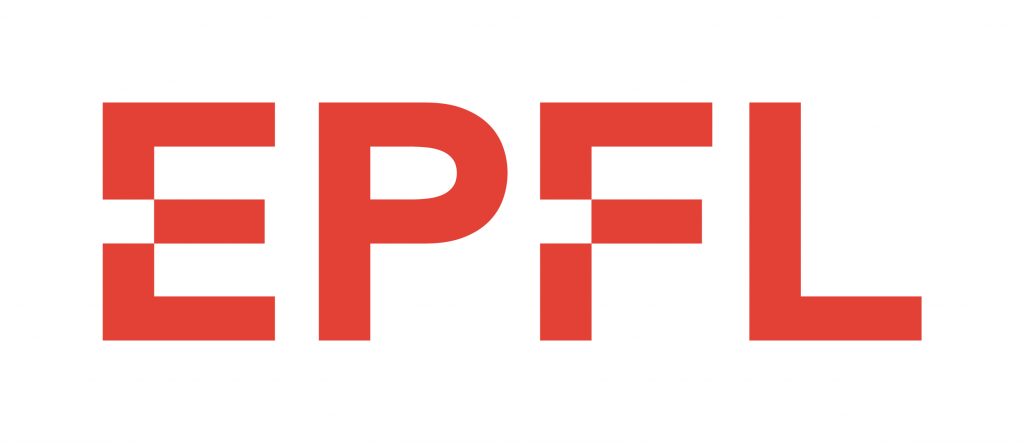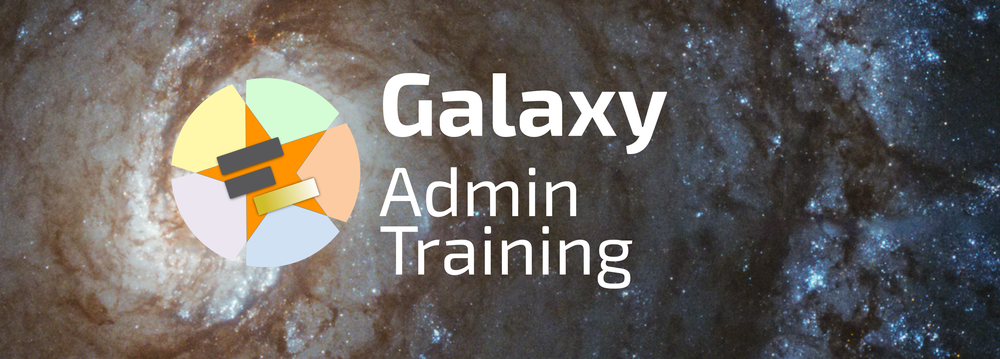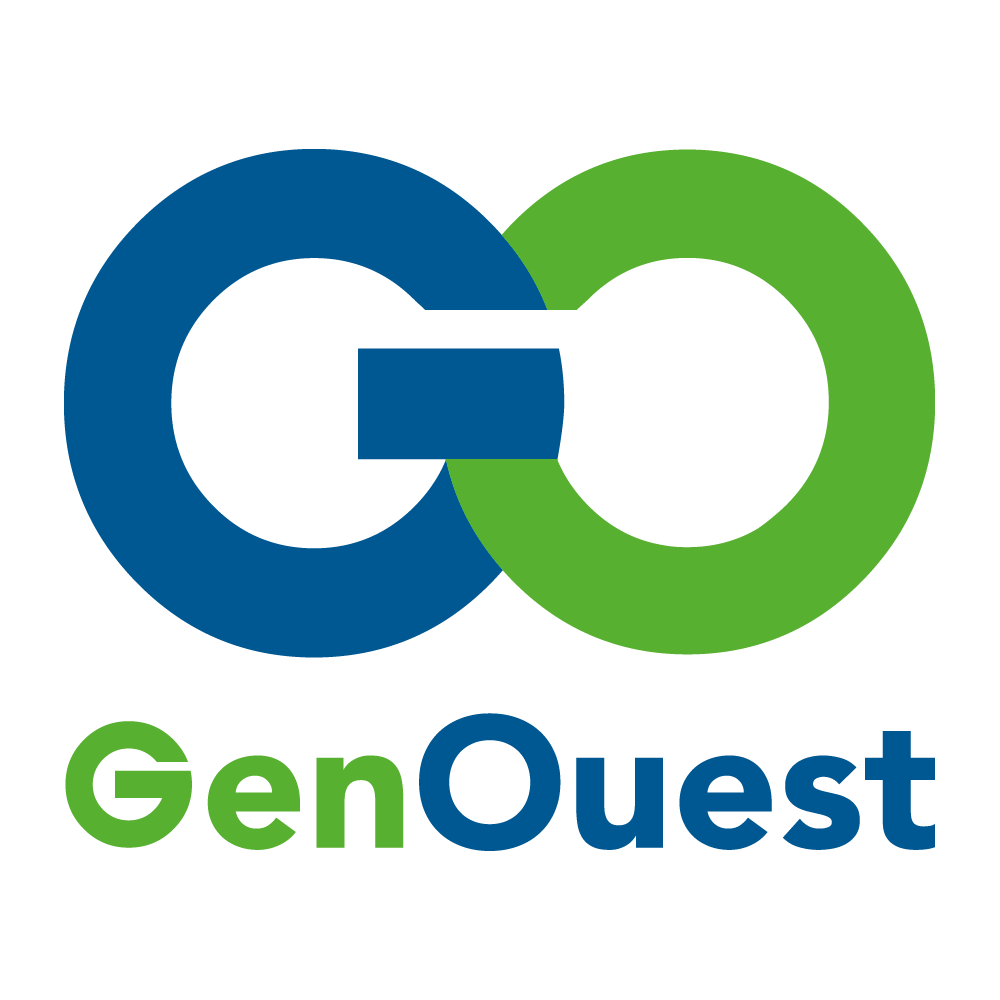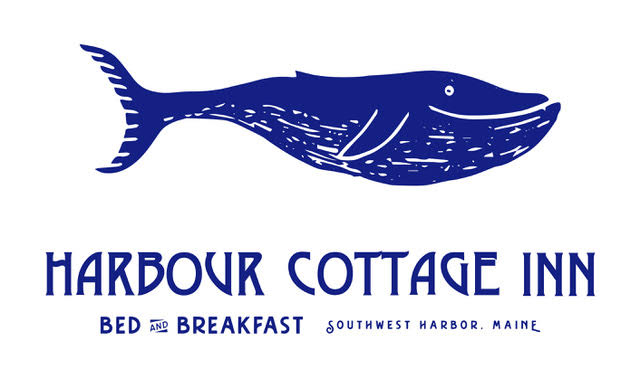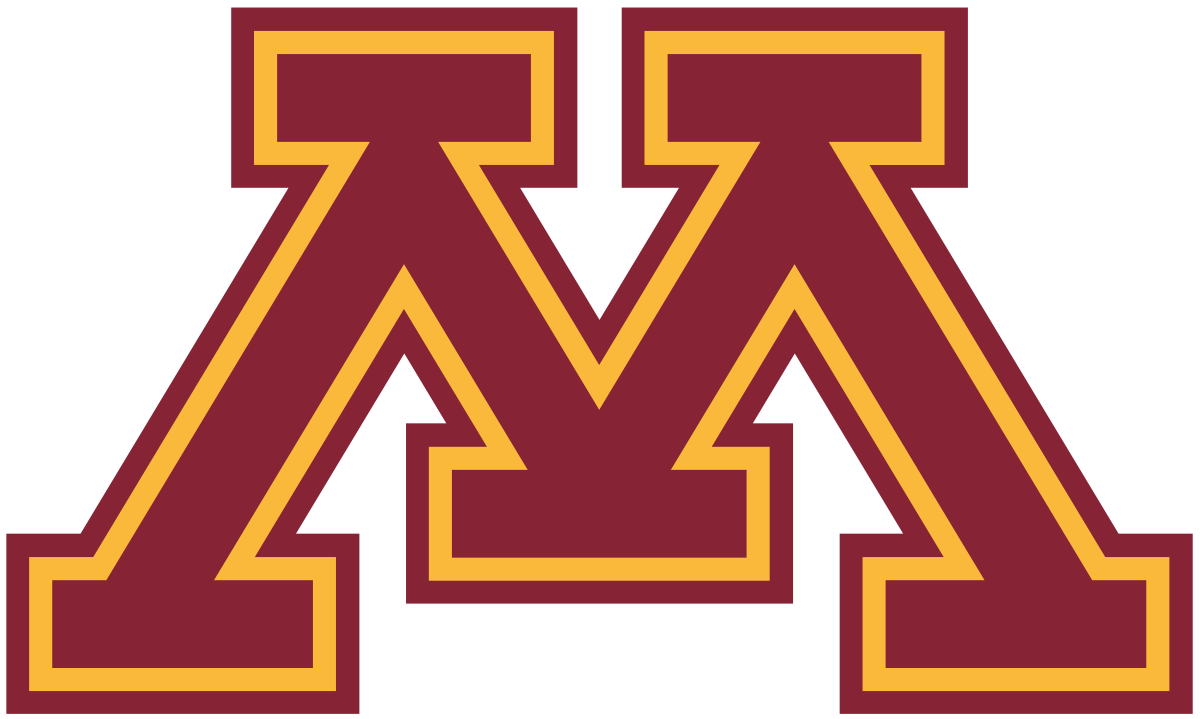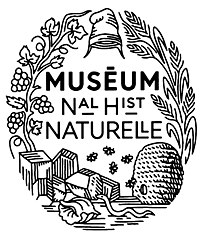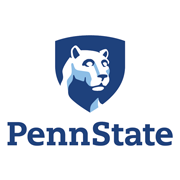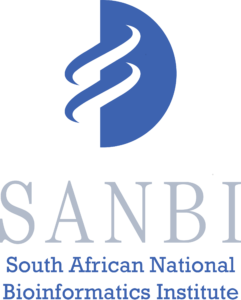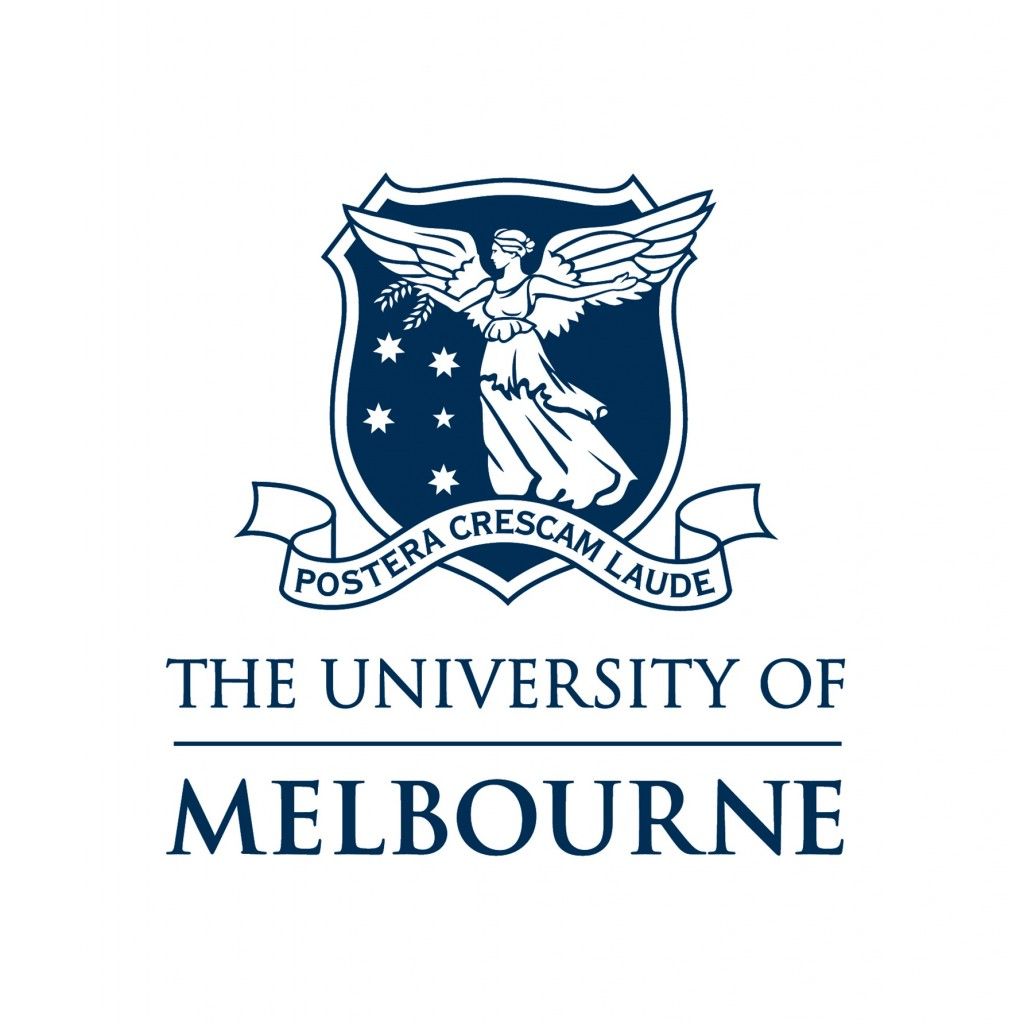GTN Smörgåsbord 2: Tapas Writeup
The Gallantries has again just run the largest-ever Galaxy training event: “the GTN Smörgåsbord 2: Tapas Edition”, co-organized with the CINECA project and the Galaxy Training Network.
Exponential Growth
We had an unbelievable 3300 registrations from 111 different countries around the world. ~1.5k of these joined Slack (chat platform) which we used to communicate during the event, surpassing our best estimates.
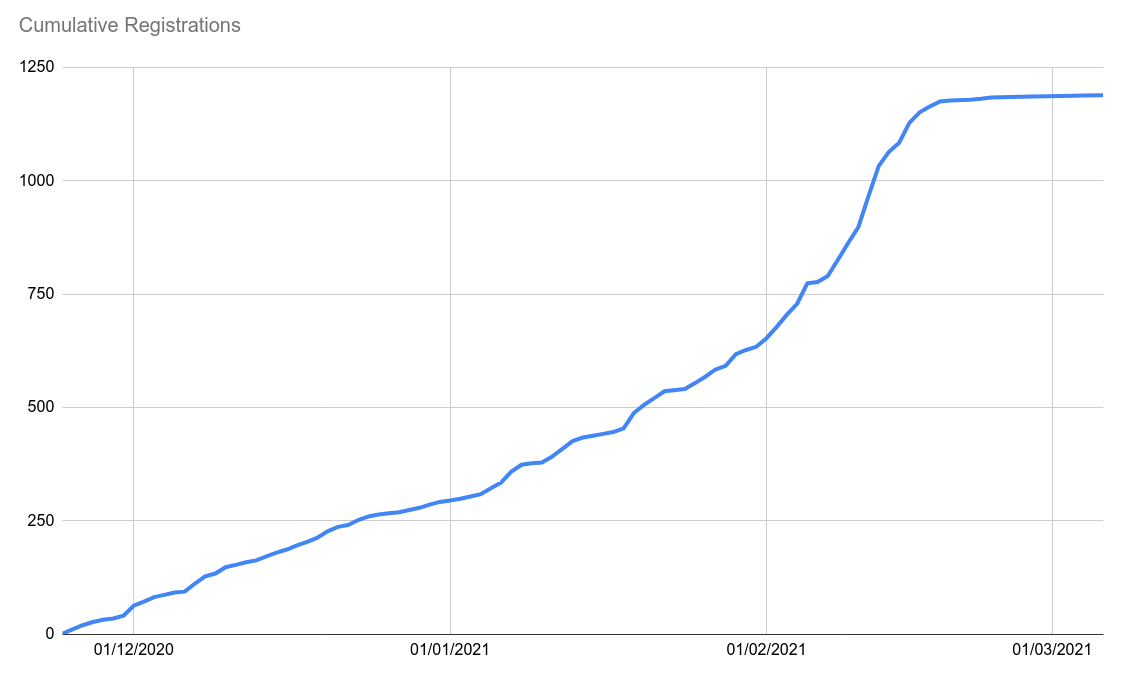
With instructors and organisers from the CINECA project, the Gallantries, and the worldwide Galaxy training community, we re-used our global workshop event plan. For this event we continued with a fully asynchronous event. This meant having all training materials online, including pre-recorded videos, slides, hands-on manuals, and of course the Galaxy servers to run the tutorials on.
Given the success of the previous year’s event, it was an easy choice!
This format meant participants could follow along at their own pace, and on their own time schedule, allowing it to be combined with other activities such as work and child-care responsibilities. The program also reflected this flexibility, with most days consisting of stand-alone modules, that could be skipped if participants were not so interested in that particular topic, and followed on any day of the training week if needed. With all the materials being publicly available online, participants also knew they would be able to continue with the course after the event if needed, relieving some time pressure.
Due to the existing focus on supporting self-study in all our GTN training materials, and the focus of the Gallantries project on creating broadcast-friendly materials, this switch to this virtual asynchronous format was relatively painless.
Participants
We had registrations from around the world
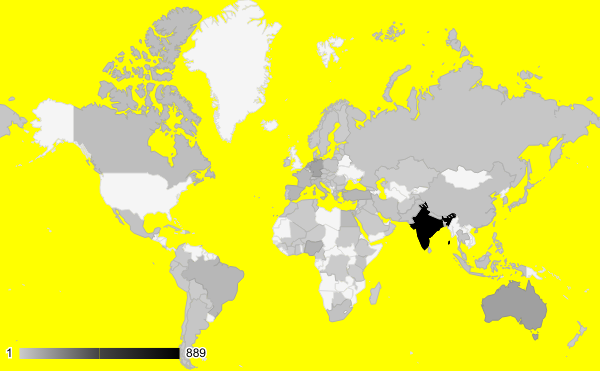
Following a gender balance that largely reflects that of the human population which was excellent to see:
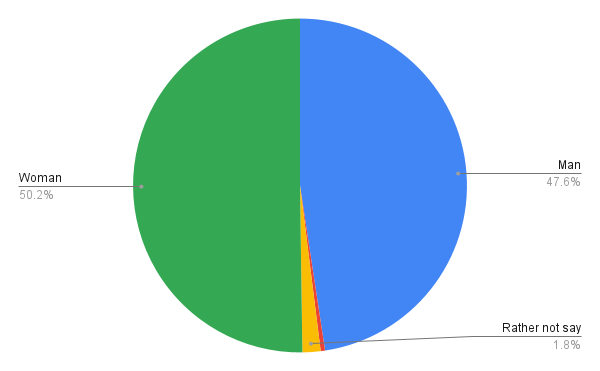
The first iteration featured FAQ documents per channel, something we’ve used heavily in the past. This year they were moved into the Galaxy Training Network to make it easier to link to specific answer. We have now collected around 300 Galaxy FAQs.
Innovation: Slackbot
This year’s biggest innovation was the addition of the GTN Slack bot. This is a python bot we developed which allows users to record completion of individual tutorials as they go, rather than asking them to keep track of their histories and submit them all at once at the end. Users struggled with that modality.
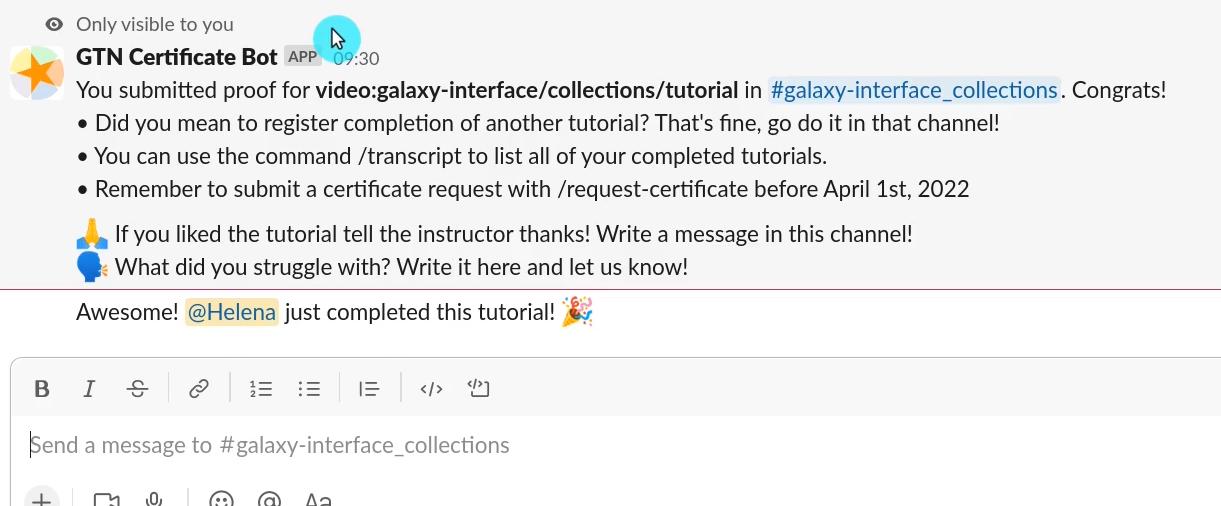
Slack bot also gave us an opportunity to reach out to users as they completed tutorials and see if they liked the content or suggest that they write some comments in the channel to the organisers as feedback. Additionally we received essentially “live” feedback from students of how many were completing which tutorial and when, invaluable data for us as organisers.
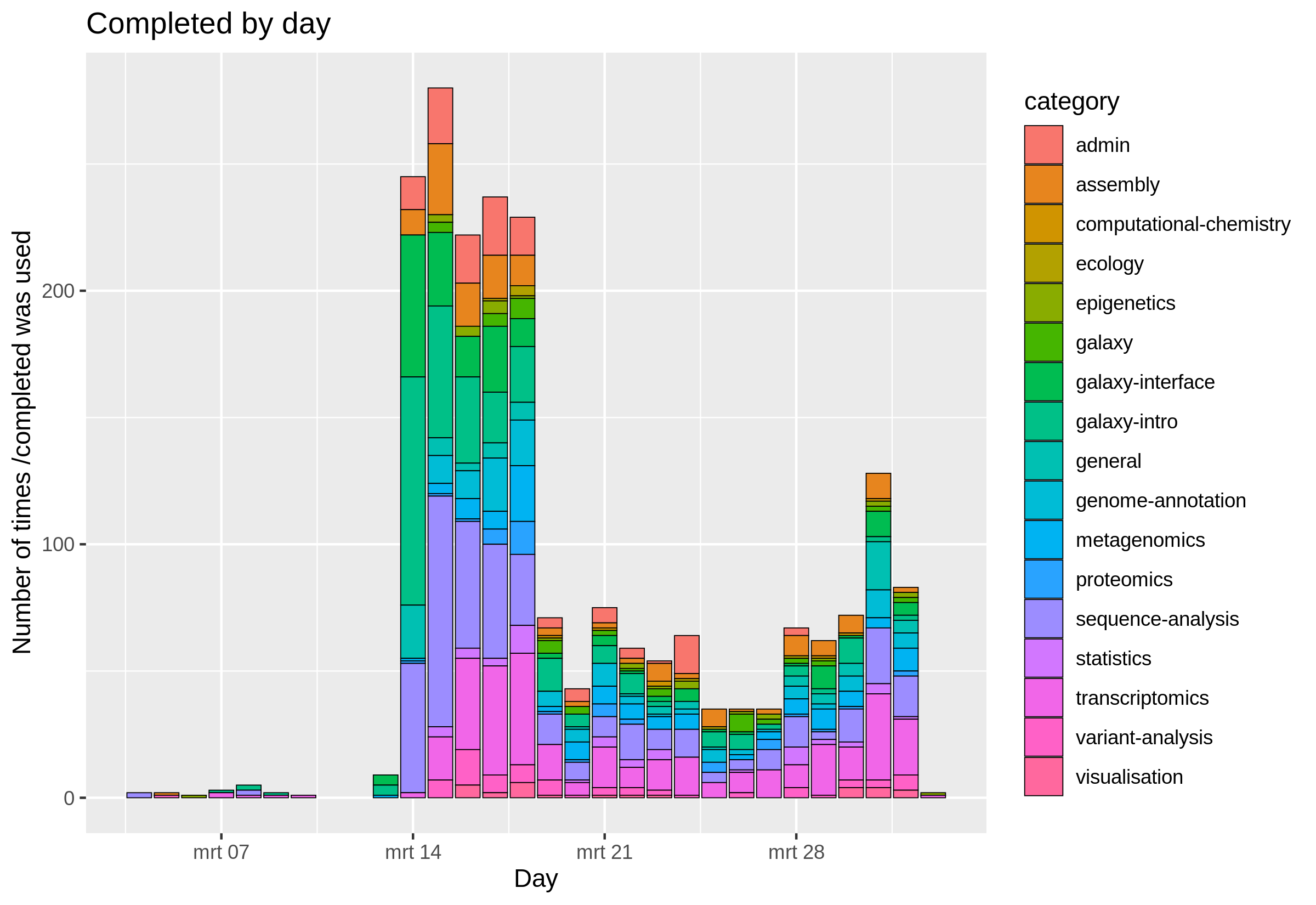
Course Website
All the content for the course was collected on the course webpage, which served as the main entry point for participants. Here all the information needed to follow the course was presented. Participants could view the program, find links to the videos, slides, training manuals, Slack channels, FAQ documents and all other relevant information for each of the sessions.
This webpage was completely public, and has remained online ever since the event. This means that participants can continue working through the materials after the course, and anybody can now use the materials for self-study, even if they did not participate in the original event.
Videos
The main innovation with this event was the asynchronous nature. We pre-recorded all training sessions and made them available on YouTube for our students. This enabled us to provide subtitles for the videos, which was extremely valuable for the accessibility of the event, given the world-wide nature and number of non-native English speakers that would participate in this event, both as instructors and students.

For our 100 hours of video, by watch time we again saw approximately half of users used subtitles. This is now a mandatory requirement for course materials in Smörgåsbord.
Slack
We saw a significant improvement in weekly active members on slack over the previous event, but of course these are all proxy statistics, and this one specifically unfortunately excludes Iranian members who cannot access Slack.
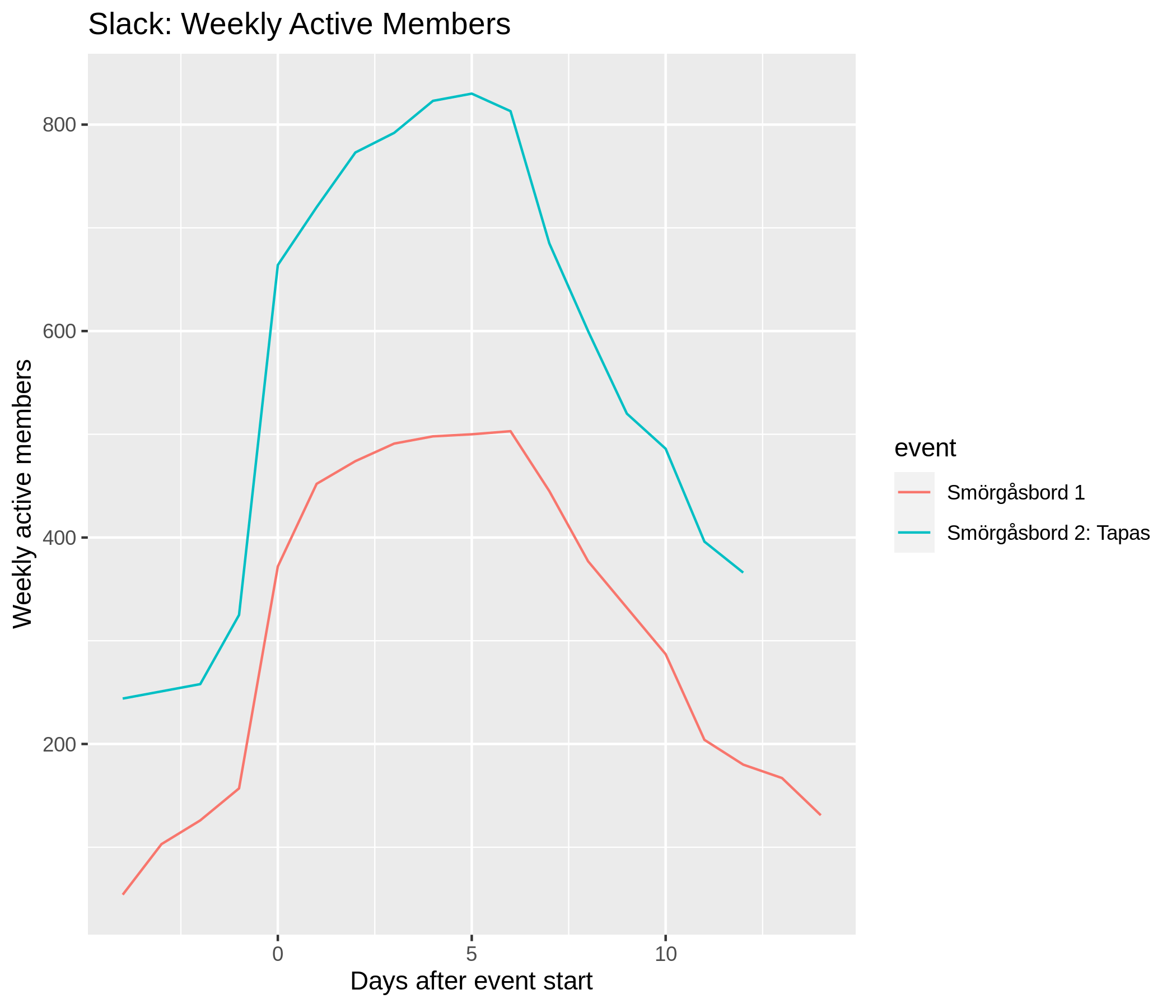
In order to encourage engagement in Slack, we posted daily icebreakers during the event:
- Introduce yourself, tell us where you’re joining from, and one thing about your surroundings (e.g. it’s snowing outside, there’s a squirrel on my porch, my cat is on my keyboard)
- Share with us how your 5-year-old self would have finished this sentence: ‘When I grow up, I want to be …’ (and what you are actually doing now that you’re grown up)
- Share with us your favorite dish (food or drink) bonus points for recipes! ;)
- Please let us know what you favorite thing about the course is so far.
- Share one of your favorite books, TV shows, movies or games that you would recommend to others.
These were absolutely fantastic for student engagement during the event. It let them share something and others comment on it, fostering discussion in what could otherwise a very isolating experience working along in your home or office. Overall this created a very positive environment with lots of interaction among participants and between participants and instructors.
Feedback
The feedback from students was very positive. Most students found the training extremely useful to them.
| Rating | Students |
|---|---|
| 5 - Incredibly Useful | 173 |
| 4 | 78 |
| 3 | 9 |
| 2 | 1 |
| 1 - Not useful at all | 1 |
We interrogated whether students used primarily the tutorials, a mixture, or primarily the videos:
| Resource | Count |
|---|---|
| 1 - Primarily Tutorial Text | 43 |
| 2 | 34 |
| 3 - Equal Mixture | 74 |
| 4 | 39 |
| 5 - Primarily Videos | 72 |
And it was a surprisingly even balance! Students found the balance of materials and the freedom to choose their preferred format a very convenient feature.
We asked students about the best and worst aspects of the event. They identified a number of things they really liked
- Flexibility
- Interactions on Slack
- Choosing their own Pace
Likewise we asked about the worst aspects of the event for them:
- Timezone difficulties (we have fewer instructors for specific topics in some regions)
- “1 week is not enough”
- Some outdated videos where tutorials had been updated since the video
Accessibility
We continued to received good responses regarding the accessibility of the event. Students with disabilities really appreciate instructors taking the small amount of time to caption their videos.
This enabled not only d/Deaf/HoH participants to attend, but also those who might have struggled with the accents of our instructors, or the rate at which they spoke. Another 8 registrants specifically requested recordings (something they might have missed in the course advertising) but yet another fantastic benefit of asynchronous events like ours is that all materials remain online and participants can follow them at their own pace, reviewing them as needed.
Infrastructure
This course was made possibly through the support of the 3 largest Galaxy servers, Galaxy Main in the US, Galaxy Europe, and Galaxy Australia. Additionally we were supported by Galaxy Belgium and Galaxy France The teams behind each of those Galaxy servers invested a lot of time and effort to ensure all necessary tools were available and running smoothly, and that sufficient resources were available to handle such a large number of participants at the same time. By using multiple Galaxy servers in geographically distinct locations, the computational load was spread out over multiple sites, and participants could use the server nearest them for the best experience. This also meant we had fallback options in case one of the servers experienced any downtime (which they did not).
Thank You
We’d like to say thank you to all of our speaker, instructors, sysadmins and sponsors!
Instructors
A huge thank you to the instructors who produced videos, as well as the huge number of folks who helped edit and correct captions and answered questions online during the week. We could not have done this without you!
Acknowledgements
We are grateful to the US Galaxy Team for providing resources on UseGalaxy.org. Likewise, a significant portion of our infrastructure was graciously provided by Galaxy Australia and Galaxy Europe. And of course thanks to all our speakers and instructors from institutes around the world for their time and effort to help make this event a success!
